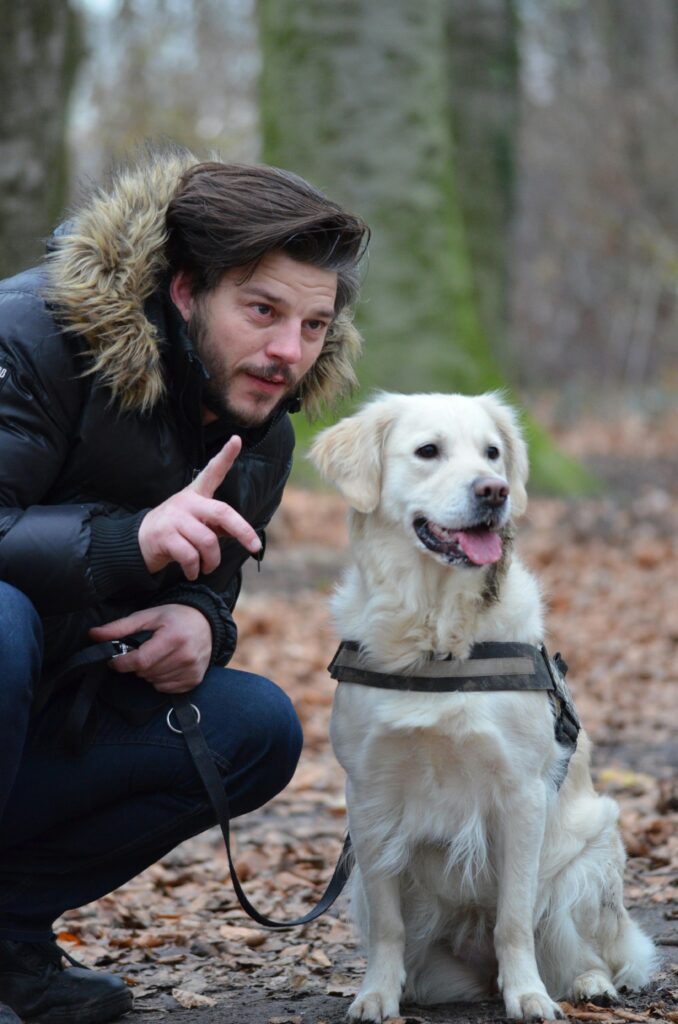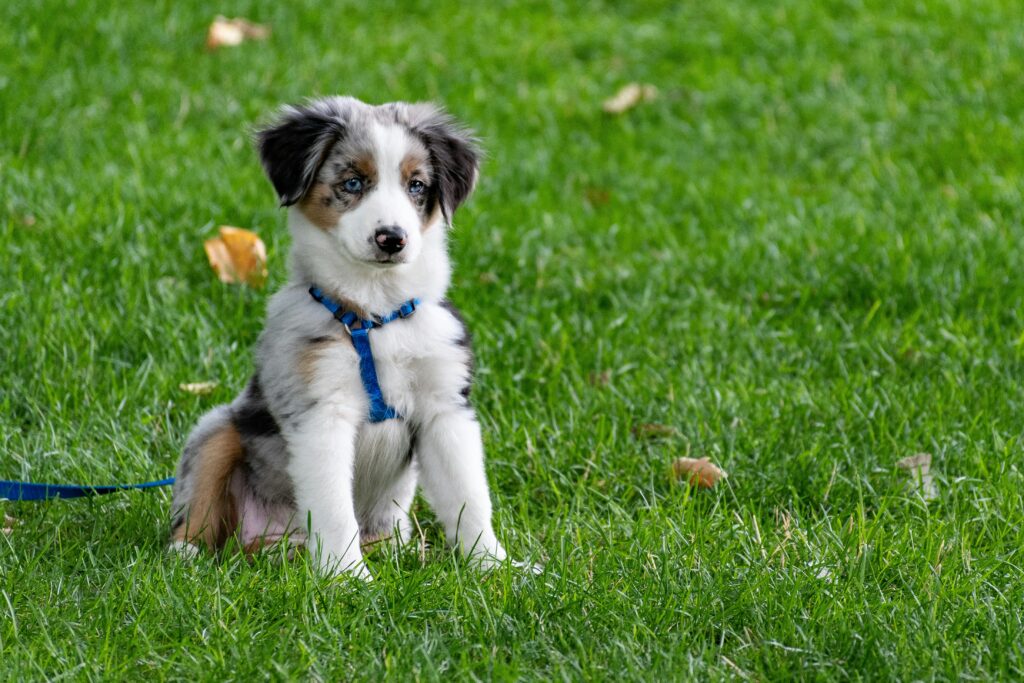Walking your dog should be an enjoyable activity, not a stressful one. Yet many owners struggle with leash reactivity: barking, lunging, or growling when their dog sees another dog, person, or distraction. It can be frustrating and embarrassing, but it is also one of the most common behavior challenges we address in training.
The good news is leash reactivity can be managed and even eliminated with the right approach. In this article, we will cover the root causes, effective training strategies, and common myths that may be holding you back.

What is Leash Reactivity?
Leash reactivity happens when a dog becomes overstimulated or frustrated while restrained by a leash. It is often mistaken for aggression, but in many cases, it is simply an inability to cope with the situation calmly.
Signs of leash reactivity include:
- Barking or growling at other dogs or people
- Pulling or lunging forward on the leash
- Fixating and ignoring owner commands
- Stiff posture or hackles raised
Reactivity can range from mild to severe, and understanding why it happens is the first step to resolving it.
Common Causes of Leash Reactivity
1. Frustration
Some dogs want to greet others but become frustrated when the leash restricts them. This can create pent-up energy that comes out as barking and lunging.
2. Fear or Insecurity
Other dogs feel threatened when they cannot move freely. The leash prevents them from escaping, so they react defensively.
3. Lack of Structure
Without consistent training and boundaries, dogs default to impulsive behavior. If they have never been taught how to walk calmly, reactivity is more likely.
4. Learned Behavior
If a dog has rehearsed this response repeatedly, it becomes a habit. Every time they bark and lunge, the other dog passes by, which the reactive dog interprets as success.
For more insight into how structure supports better behavior, read our article on why your dog needs structure.
Myths About Leash Reactivity
Myth 1: Leash reactivity means your dog is aggressive.
Not true. Many reactive dogs are friendly off-leash but frustrated by restraint.
Myth 2: My dog will grow out of it.
Reactivity does not resolve on its own. In fact, the more it is rehearsed, the stronger the behavior becomes.
Myth 3: Giving treats during reactivity rewards the bad behavior.
When timed correctly, rewarding calm focus helps rewire your dog’s response. You are not rewarding the reactivity, you are rewarding the alternative behavior.
Training Strategies to Fix Leash Reactivity
Management First
While training is underway, manage the environment to prevent rehearsing bad behavior. Walk during quieter times or use routes with more space.
Engagement Training
Teach your dog to check in with you regularly. Reward eye contact, focus, and calm walking. The more your dog looks to you for direction, the less they focus on triggers.
Distance and Gradual Exposure
Find the distance where your dog notices a trigger but does not react. Work at that level while reinforcing calm behavior, then gradually decrease the distance.
Teach Alternative Behaviors
Replace lunging with a reliable “heel” or “sit.” Clear direction gives your dog something else to do in the presence of a trigger.
Consistency and Professional Help
Reactivity can be complex. Working with professionals through our Basic & Advanced Obedience Program helps establish consistent structure and guidance in real-world settings.
Expert Guidance
The American Kennel Club explains the difference between reactivity and aggression, and why it matters for training success. Understanding this distinction prevents owners from mislabeling their dog and missing out on effective solutions.
Final Thoughts
Leash reactivity does not mean your dog is broken, aggressive, or untrainable. It simply means they need better coping skills, structure, and consistency from you. By understanding the cause and working through a step-by-step training plan, you can transform stressful walks into calm, enjoyable outings.
If leash reactivity has made your walks stressful, our trainers are here to help. Start today by reaching out through our contact page.

